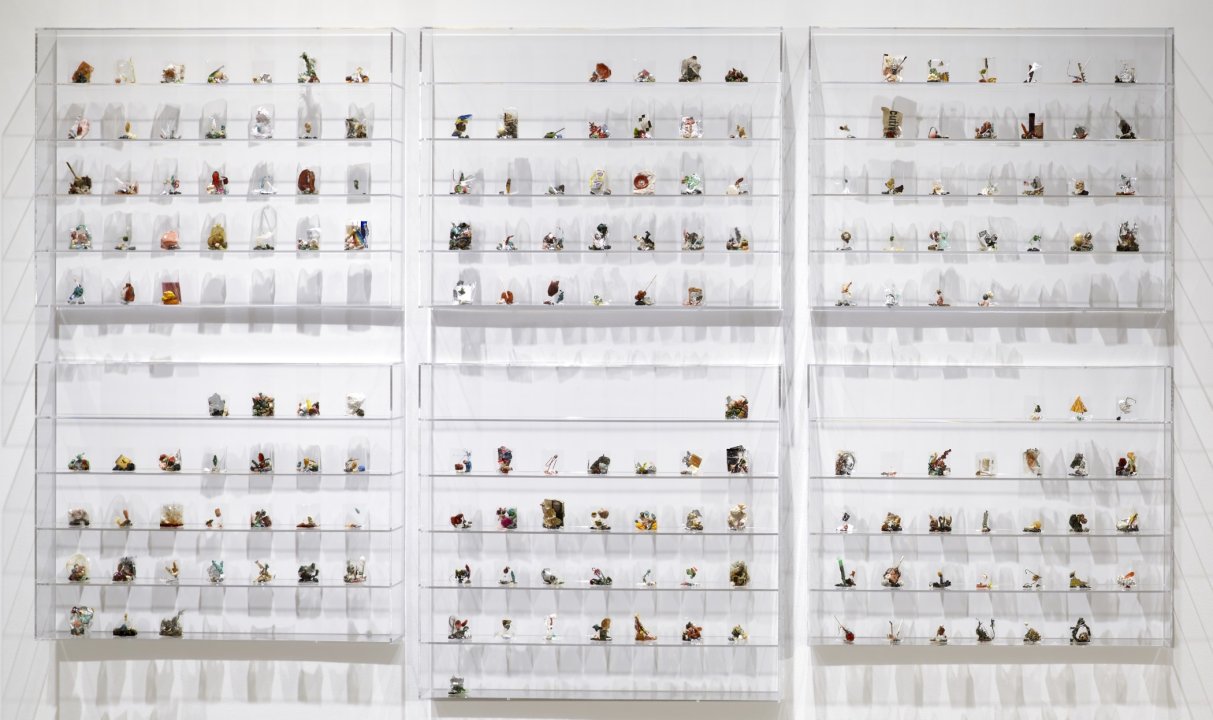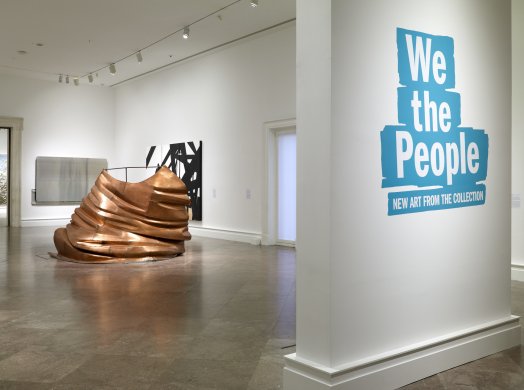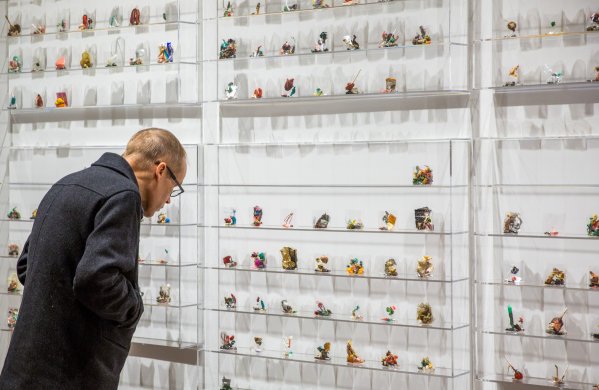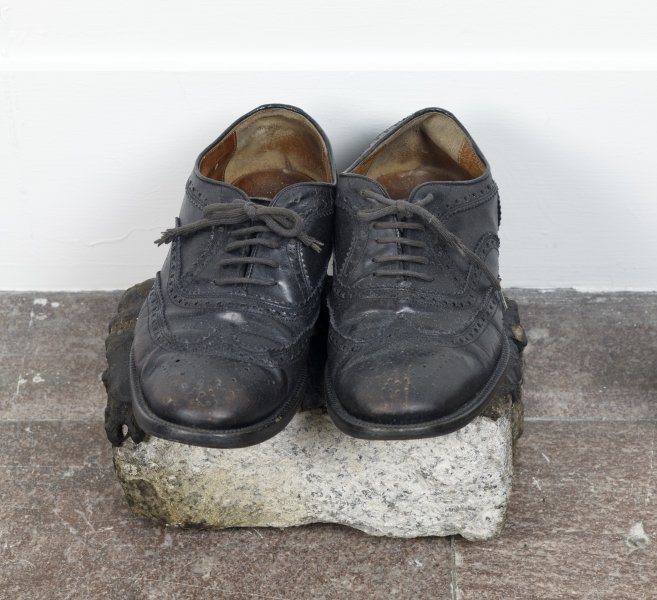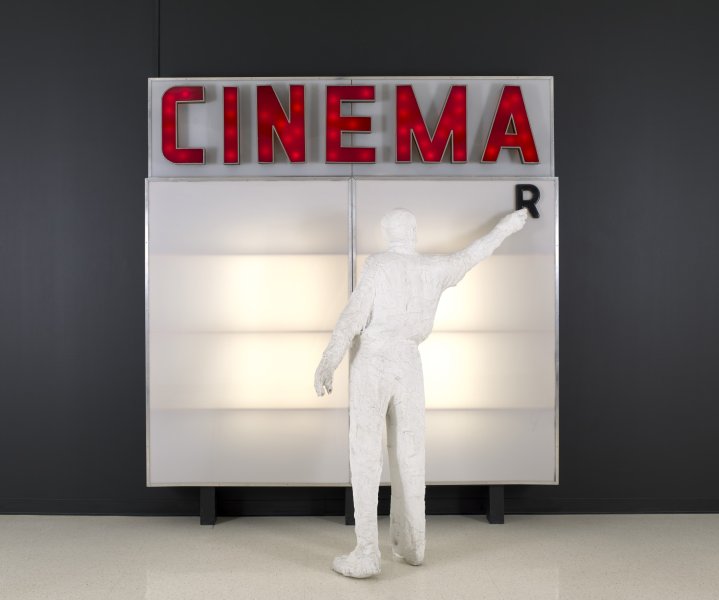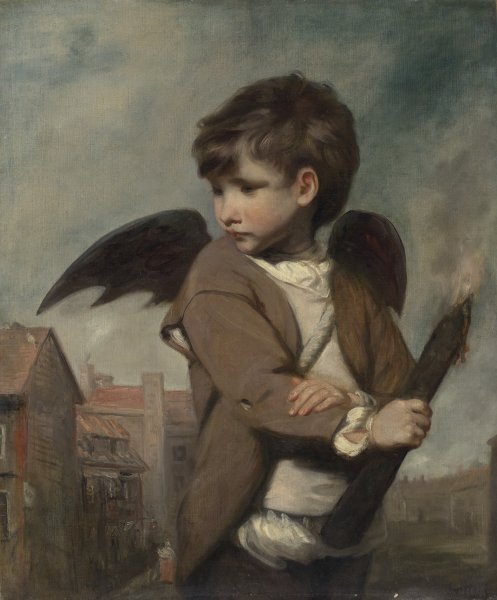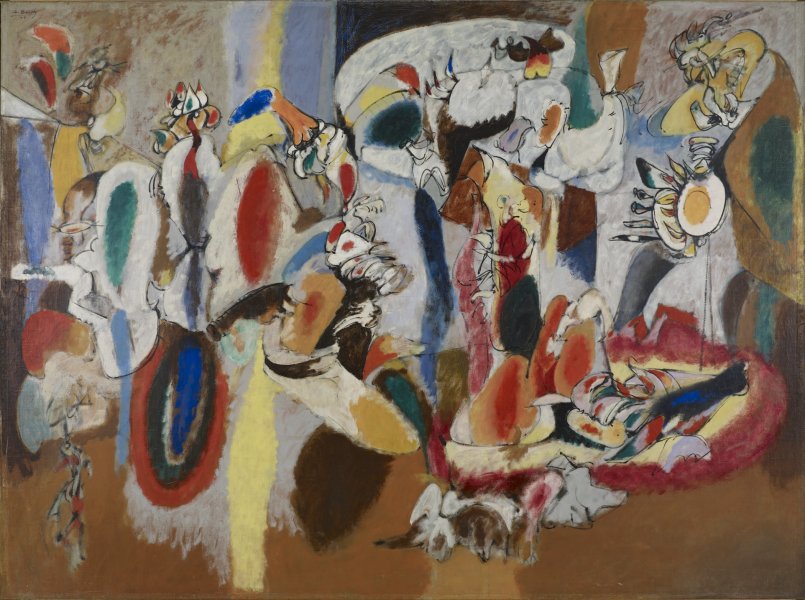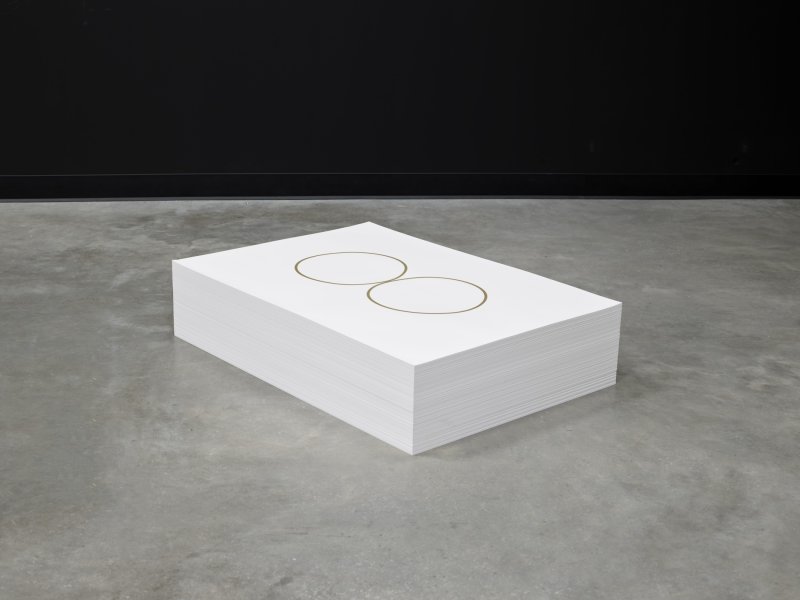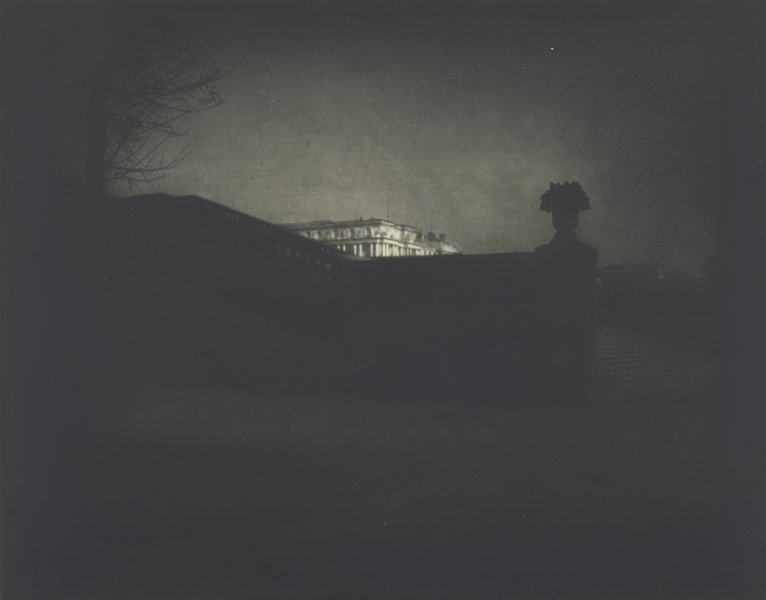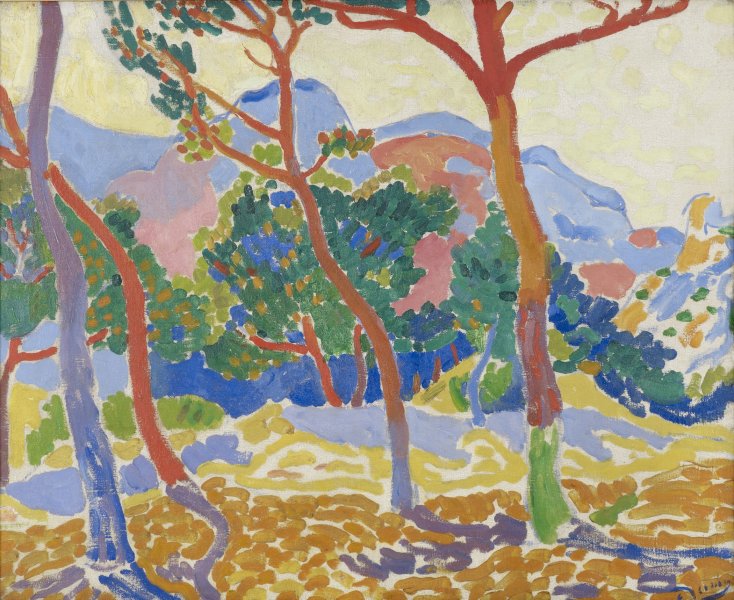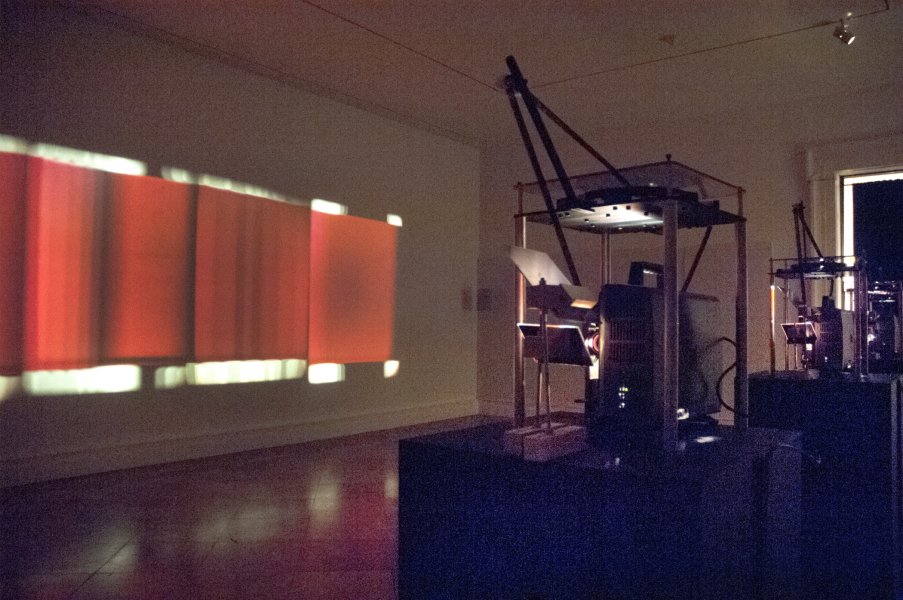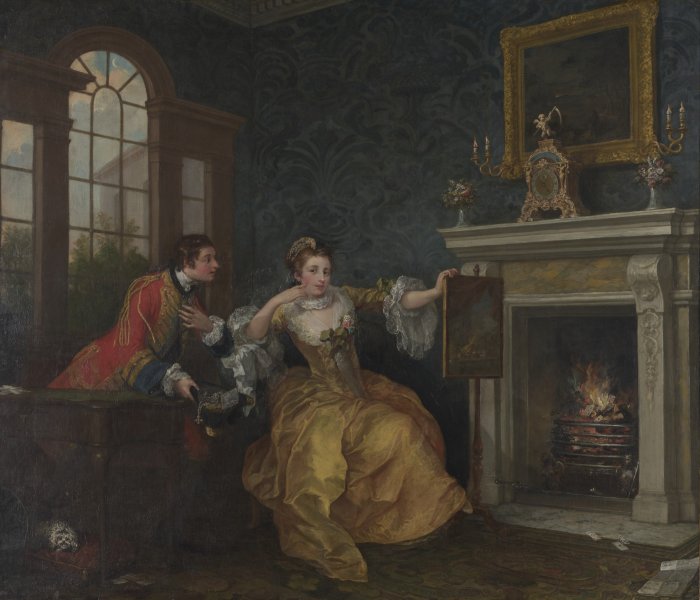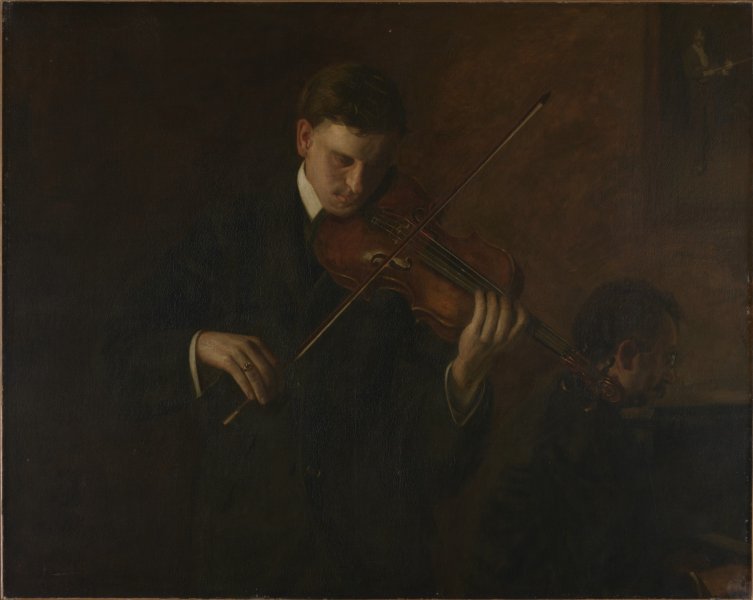Yuji Agematsu
American and Japanese, born 1956
zip: 01.01.06 . . . 06.30.06, 2006
Artwork Details
Materials
set of six: mixed media in cellophane wrappers on wood-backed acrylic shelves
Measurements
overall: 31 5/8 x 376 3/4 x 5 1/4 inches (80.33 x 956.95 x 13.33 cm)
Collection Buffalo AKG Art Museum
Credit
Gift of Mrs. George A. Forman, by exchange, 2017
Accession ID
2017:19a-f
Every day since 1997, Yuji Agematsu has placed the small objects he finds while walking the streets of New York City inside the cellophane sleeves used to wrap boxes of cigarettes. These packages are carefully catalogued by date and presented in groups, like a monthly calendar that also functions as a diary or time capsule of Agematsu’s life. While his work transforms humble trash into records of the passing of time, it is also about a different kind of transformation: the magical process by which everyday materials become objects of aesthetic contemplation, simply because the artist looks at them in a new light. Look closely at Agematsu’s small piles, and you’ll see that these are, in fact, beautiful and surprising combinations of textures, shapes, and colors, just like many more traditional works of art.
Label from We the People: New Art from the Collection, October 23, 2018–July 21, 2019
